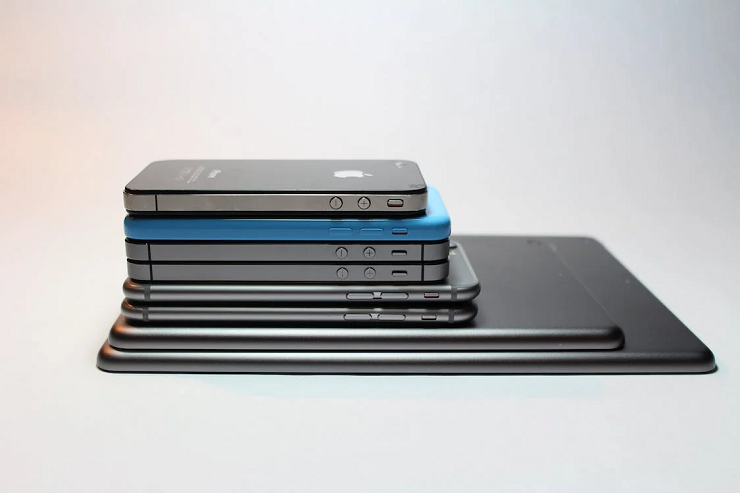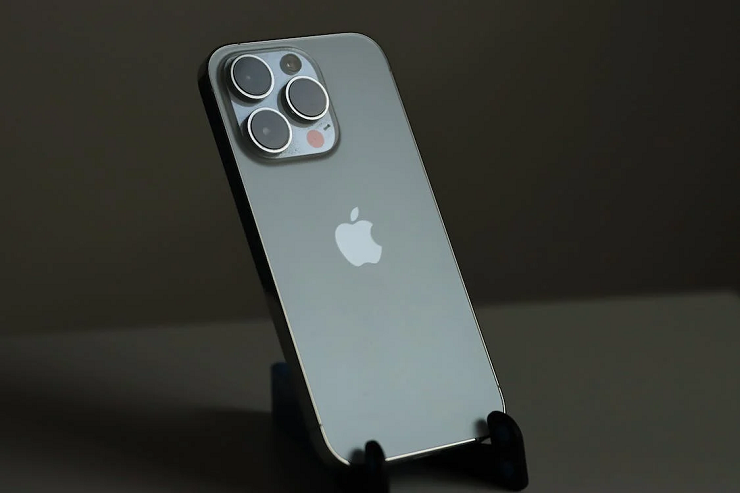
In the fast-paced world of smartphone technology, Apple’s iPhone has always been at the forefront of innovation. With each new release, the company pushes the boundaries of what’s possible in a handheld device. The iPhone 15 and iPhone 15 Pro, released in September 2023, are no exceptions. One of the most notable features in these devices is the “Action Button,” a dynamic interface element that has the potential to transform how we interact with our iPhones. This article deeply dive into the Action Button, exploring its functionality, implications, and how it enhances the user experience.
The Birth Of The Action Button
The Action Button is Apple’s response to the growing need for streamlined and efficient smartphone interaction. It’s a radical departure from the traditional static button layout that has been a hallmark of iPhones for years. Apple’s decision to introduce the Action Button is rooted in its commitment to improving user experience and productivity.
The Functionality Of The Action Button
-
Adaptive Functionality
The Action Button is a dynamic interface element that adapts to your usage patterns and the context of your activities. It’s not a fixed button but rather a fluid area on the screen that morphs into different functions based on your actions. For instance, when you’re in the Camera app, it becomes a shutter button; in messaging apps, it transforms into a send button, and while browsing, it offers quick access to bookmarks and browsing options.
-
Haptic Feedback
Apple has integrated haptic feedback into the Action Button, providing tactile responses to your interactions. This makes the button feel more physical and enhances the overall user experience by confirming your actions through touch.
-
Gesture Controls
The Action Button supports a range of gesture controls, allowing you to perform actions like swiping, tapping, and long-pressing to access additional functions. These intuitive and customizable gestures make it easy for users to tailor their experience to their preferences.

-
Siri Integration
Apple’s virtual assistant, Siri, is seamlessly integrated with the Action Button. A long press activates Siri, and you can perform various tasks through voice commands, further streamlining your interaction with the device.
-
Contextual Awareness
The Action Button is contextually aware, which means it anticipates your needs based on your activity. For instance, if you’re typing in a text field, it offers quick access to emojis and predictive text suggestions.
Enhanced User Experience
The Action Button isn’t just a cosmetic change; it’s a game-changer regarding user experience. Here’s how it enhances the way we interact with our iPhones:
-
Reduced Cognitive Load
With the Action Button’s adaptive functionality, you no longer have to remember where specific buttons are in different apps. This reduces cognitive load and makes navigating your device more intuitive.
-
Faster Access
The Action Button allows quicker access to commonly used functions. It’s always right at your fingertips, ready to transform into what you need, whether taking a photo, sending a message, or performing a search.
-
Customization
Users can customize the Action Button’s behavior and gestures according to their preferences. This level of personalization ensures that the device adapts to the user rather than vice versa.
-
Increased Productivity
The Action Button’s dynamic nature speeds up common tasks, ultimately boosting productivity. This can significantly affect daily efficiency for professionals and busy individuals.

-
Accessibility
The Action Button’s haptic feedback and gesture controls make it more accessible for individuals with disabilities. It provides a tactile and responsive interface that caters to a wider range of users.
Implications For Developers
The introduction of the Action Button has far-reaching implications for app developers:
-
Redesigning Apps
Developers must redesign their apps to accommodate the Action Button’s dynamic nature. This involves rethinking the user interface and optimizing it for the fluid experience it offers.
-
Gestures and Interactions
Developers can harness the power of gesture controls and interactions to create more immersive and engaging apps. This opens up new creative possibilities for app design and functionality.
-
Customization APIs
Apple is expected to release customization APIs that allow developers to integrate their apps seamlessly with the Action Button. This means third-party apps can also take advantage of this innovative feature.
-
Enhanced User Engagement
Apps that adapt well to the Action Button’s dynamic nature and provide a smooth user experience likely increase user engagement and retention.
-
Accessibility Features
Developers should prioritize accessibility features to ensure their apps are inclusive and compatible with the Action Button’s haptic feedback and gesture controls.

Privacy And Security
Apple has always strongly emphasized user privacy and security. The Action Button is no exception:
-
Privacy Controls
The Action Button respects your privacy by not collecting unnecessary data about your usage patterns. It adapts based on the device’s local data without sending your personal information to external servers.
-
Biometric Authentication
To ensure that only authorized users can access sensitive functions through the Action Button, Apple has integrated biometric authentication options such as Face ID and Touch ID.
-
Data Encryption
Any data related to your interactions with the Action Button is encrypted to protect it from potential breaches.
Future Possibilities
The Action Button is more than just a novel interface element; it’s a glimpse into the future of mobile device interaction. While the initial implementation is impressive, a world of possibilities is waiting to be explored:
-
Augmented Reality Integration
The Action Button could play a pivotal role in augmented reality (AR) experiences, offering dynamic controls for AR apps and games.
-
Multitasking
As devices become more powerful, the Action Button could evolve to support more robust features, allowing users to switch between apps and tasks seamlessly.
-
Cross-Device Integration
Apple may extend the Action Button’s functionality to other devices, such as iPads and MacBooks, creating a unified and consistent user experience across their product ecosystem.

-
AI Advancements
With advances in artificial intelligence, the Action Button could become even more intuitive and predictive, anticipating user needs with unprecedented accuracy.
Conclusion
The Action Button in the iPhone 15 and iPhone 15 Pro represents a significant leap forward in smartphone interface design and functionality. Its adaptive nature, haptic feedback, and gesture controls redefine how we interact with our devices. Developers must adapt to this new paradigm, and users can look forward to increased productivity and a more intuitive mobile experience.
As we move into the future, it’s clear that the Action Button is just the beginning of a new era in mobile device interaction. Its potential for enhancing productivity, accessibility, and user engagement is boundless, and it’s exciting to think about the innovative ways it will be leveraged by developers and users alike in the years to come. Apple’s commitment to pushing the boundaries of technology ensures that the Action Button is only the tip of the iceberg regarding what’s possible in mobile devices.
